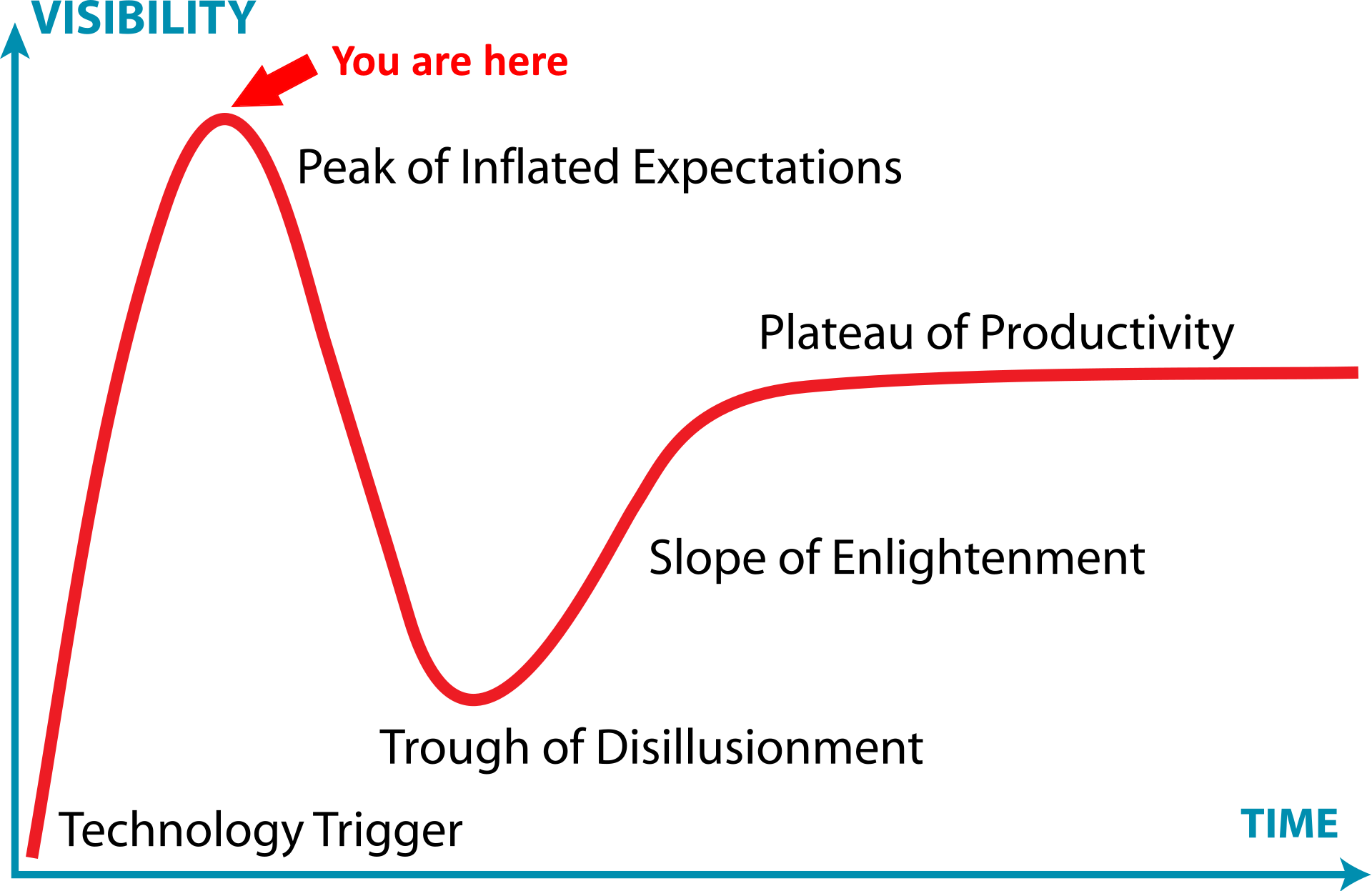

Some employees have accused Dell of trying to shrink its workforce with this policy
There’s the real goal. Cut headcount without directly cutting headcount. Of course, the headcount which bails first will be the highest performers with the greatest ability to find other employment. But, that won’t show up on the bottom line for a few years.









Translation: We don’t really give a shit what you think. Now shut up and generate that content for us to sell to AI companies.